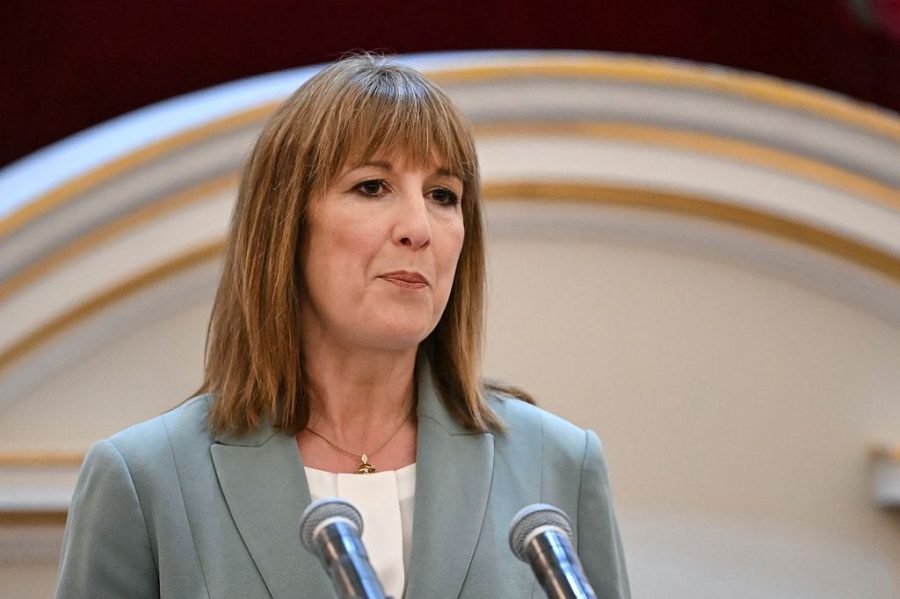For more than 650 days of war in Gaza, one swathe of territory remained mostly untouched by Israeli ground manoeuvres: the dense, urban core of the central camps – Nuseirat, Deir al-Balah, Maghazi, and Bureij. That pattern has now decisively changed.
On Sunday morning, the Israel Defence Forces (IDF) issued evacuation orders for southern Deir al-Balah. Within 24 hours, the area was under sustained air and artillery assault, with Gazan sources reporting the advance of Israeli tanks near the Abu Holi junction, adjacent to Salah al-Din Road. Though precise details of the strikes remain unclear, what is beyond doubt is that Israel is now expanding its war effort into one of the last remaining Hamas redoubts in the Strip.
The central camps are the last operational and symbolic bastion of Hamas rule in Gaza
Deir al-Balah, situated on the Mediterranean coast between Gaza City and Khan Yunis, is strategically flanked by Nuseirat to the north and the critical Salah al-Din Road to the east. It forms part of a compact band of territory, roughly 10 per cent of Gaza’s area, and has emerged in recent months as a symbolic stronghold for Hamas: an operational base for continued attacks and a stage for its narrative of unbroken resistance. Originally established as refugee camps after 1948, these zones have developed into some of the most densely built urban environments in the region. They have also, crucially, been spared the full brunt of Israeli operations. Until now.
The reasons for this previous Israeli restraint are twofold. First, there is the matter of hostages. Israel believes that some of the remaining captives taken by Hamas on 7 October may be held in or around the central camps. That suspicion is not without precedent. In June 2024, Israeli special forces rescued four hostages from Nuseirat. Intelligence assessments have long suggested that Hamas has embedded its leadership and military assets deep within civilian infrastructure, including in these very areas.
Second, the operational complexity of the central camps is extreme. Unlike other areas of Gaza where the IDF has already conducted operations – Shejaia, Jabalya, Khan Yunis – the camps are a labyrinth of alleyways, apartment blocks, and subterranean networks. Hamas has had nearly two decades to entrench its presence there. The density of the civilian population, much of it displaced from earlier phases of the war, compounds the difficulty. Any military advance risks catastrophic humanitarian consequences and international outcry, particularly from governments that appear increasingly indifferent to Hamas’s continued intransigence.
Indeed, one of the most striking features of the current phase of the war is the lopsided nature of international statements weighted against Israel’s actions. Despite Hamas’s repeated rejection of ceasefire proposals brokered by the United States and Qatar, much of the public external pressure continues to fall on Israel. Over two dozen states, including the UK, have just urged Israel to halt its campaign, without any meaningful demand on Hamas to accept a truce, release hostages, or relinquish power. To pressure only one side to cease fighting is to call for surrender, and they are demanding that of the wrong side.
This diplomatic asymmetry is not lost on Jerusalem. The advance into Deir al-Balah may be, in part, a calculated signal that the war will not be dictated by an international community willing to overlook Hamas’s role in starting, prolonging and complicating the conflict. But it also marks a significant strategic shift. Israel is willing to target new centres of gravity, however tough that might be internationally. Israel’s Chief of the General Staff, Lt. General Eyal Zamir explained it clearly this morning:
The IDF is required to act proactively across multiple arenas, alongside essential defence in the arenas and along the borders… The war in the Gaza Strip is one of the most complex the IDF has ever known. We have achieved significant accomplishments – Southern Command continues to lead with regular and reserve brigades operating every day in both offence and defence. We are paying a heavy price in combat – as we saw just today. We will continue operating to achieve our objectives: the return of the hostages and the dismantling of Hamas.
The central camps are, in effect, the last operational and symbolic bastion of Hamas rule in Gaza. After heavy campaigns in the north and south, including in areas like Beit Hanun, where Israeli forces recently had to re-engage following a Hamas resurgence, the battle for the central Strip could prove decisive. The objective, from Israel’s perspective, is not merely to degrade Hamas’s capabilities but to extinguish the possibility of its return to power. That means seizing and holding territory, eliminating command infrastructure, and denying Hamas the ability to reconstitute itself as a governing force.
For all those international voices insisting that Israel has not truly defeated Hamas and that the group could rebuild and eventually reimpose its tyrannical control over Gaza, posing once again a horrific, genocidal security threat to Israeli civilians, it should be easier to understand why, after 21 months of war, Israel is reluctant to leave that possibility open. The cost has already been too high, and will only grow steeper in the future if it capitulates now, as Britain and others appear to urge. But the strategy is by no means easy, nor guaranteed to deliver success. There is a cost, too, to continuing the war in this way – for the soldiers in battle, the hostages still out of reach, the Israeli public, Israeli leaders, and of course those living in the Gaza Strip. This is an equation which cannot be easily balanced.
Whether this is also part of a final push to secure a hostage release deal is unclear. Negotiations of that sort are conducted in deep secrecy for good reason: the public spotlight distorts incentives, inflates prices, and risks collapse. What can be said with certainty is that military and diplomatic tracks are increasingly intertwined, and that the central Strip is now the crucible in which both will be tested.
The toll on civilians is undeniable. For those trapped in Deir al-Balah and its environs, life is once again upended, terrifyingly uncertain. Yet the larger context remains: Egypt continues to deny entry to Gazans fleeing the fighting, and Hamas continues to embed itself among the population. In such a war, urban, asymmetric, and prolonged, Israel’s choices are grim. But leaving Hamas’s final strongholds intact, while it continues to reject all ceasefire proposals, presents a risk Israel may feel it cannot responsibly accept.








Comments